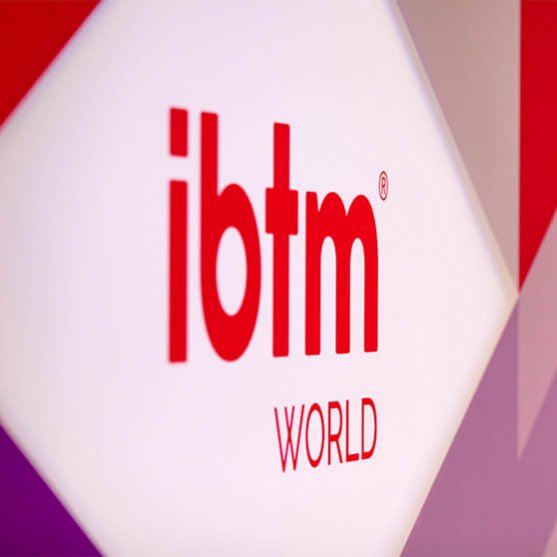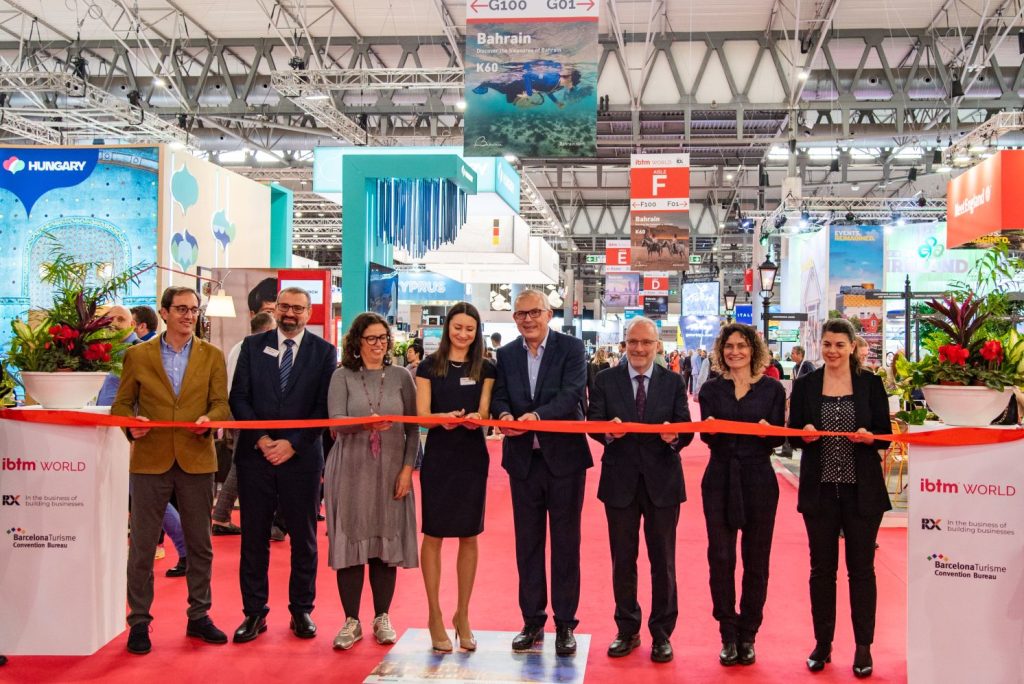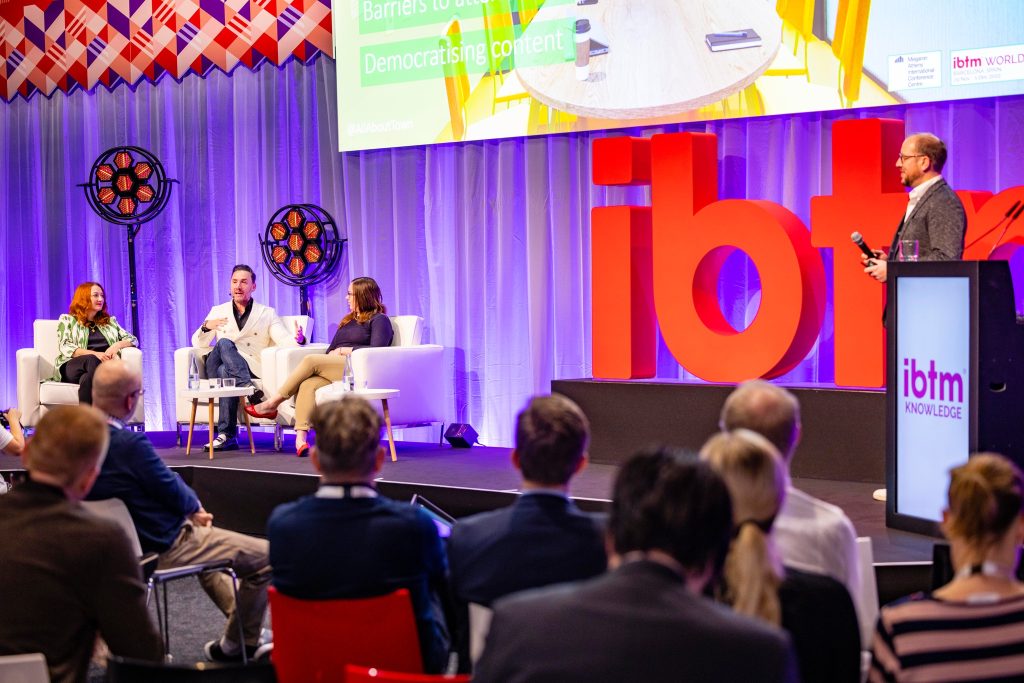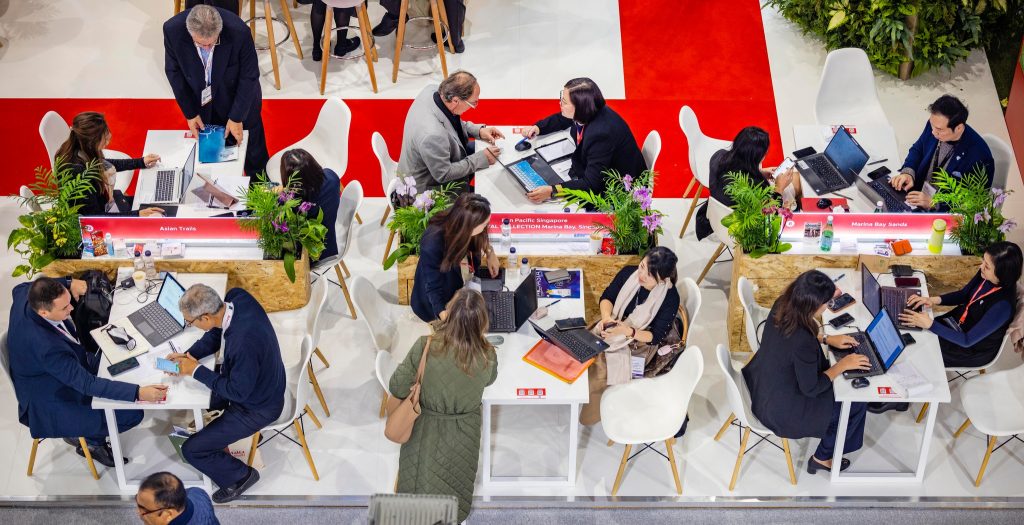Brands that communicate less, sell less, according to a study by Kantar

Share news
Listen
After two months of confinement, audiences have increased a lot (TV audience +41% according to a Kantar study, with an average daily viewing per person of 308 minutes). A phenomenon that other media see too (yes, yes, traffic to eventoplus has never been so high, with more than 90,000 visits per month). People are concerned and consume more media. Logical.
Lots of audience, something attractive for brands? Well, this attraction does not compensate the desire to save money in a time of crisis: many brands have lowered their investment. Ad inserts have been reduced by 72%, and the number of active advertisers is down 35%. 35% pof brands have simply decided not to reduce its presence but to disappear.
But here comes the interesting thing: a study carried out with 10 consumer brands, whose common pattern was the reduction in their investment in TV advertising in the last four years, shows a drop in sales. A decrease of 55% of GRP’s between 2016 and 2019, has translated into a decrease of 15-20% annually. Although the consumer goods market has risen 3.1% in these years, for this group of 10 brands the drop has been 8%.
Be careful: the study highlights that advertising is not the only factor that influences the sales of a brand. The presence in the store or its promotional activity also weighs, and in the period analyzed, there was also a decrease in promotions (-1.2%) and in store presence (-12%), although both are far from the dimension of the advertising reduction (-55%). According to Kantar, half of the sales lost by a brand are due to disinvestment in advertising.
And be careful: we do not know if they have specifically analyzed this complex factor, but in these studies the devil is the idea that “correlation does not mean causality.” It could be that these brands stop communicating because they do not have innovations to highlight (which contributes to the decrease in sales), or because their products are not adequate to the demand and therefore do not generate resources to invest.
We have to be careful with the data, but we can almost give the benefit of the doubt to these figures for one reason: common sense. Less advertising saturation, less competition for the attention of consumers, more media consumption, as well as a very sensitive, very attentive, very emotional audience that will value the brands that connect with it at the moment. All this gives a lot of logic to the figures that Kantar Media comments.
And since ours is events, because the same will apply: there will be fewer events, there will be a very sensitive public that will appreciate that brands (their companies, their suppliers, their partners) connect with it in events. Reconnecting will be a key to good recovery.










